19990301-kenneally-mw02-collection-001
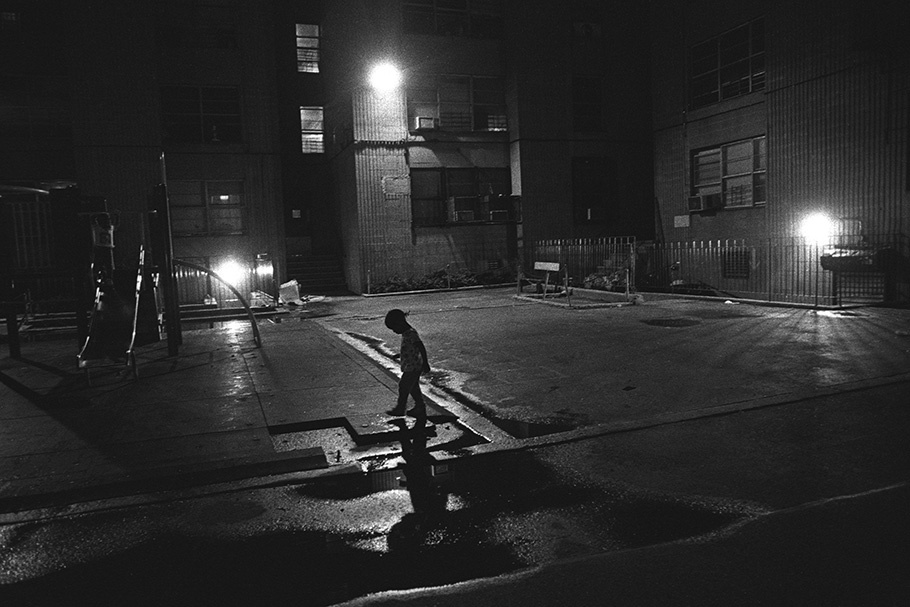
Housing projects courtyard at night. Brooklyn, NY.
19990301-kenneally-mw02-collection-002
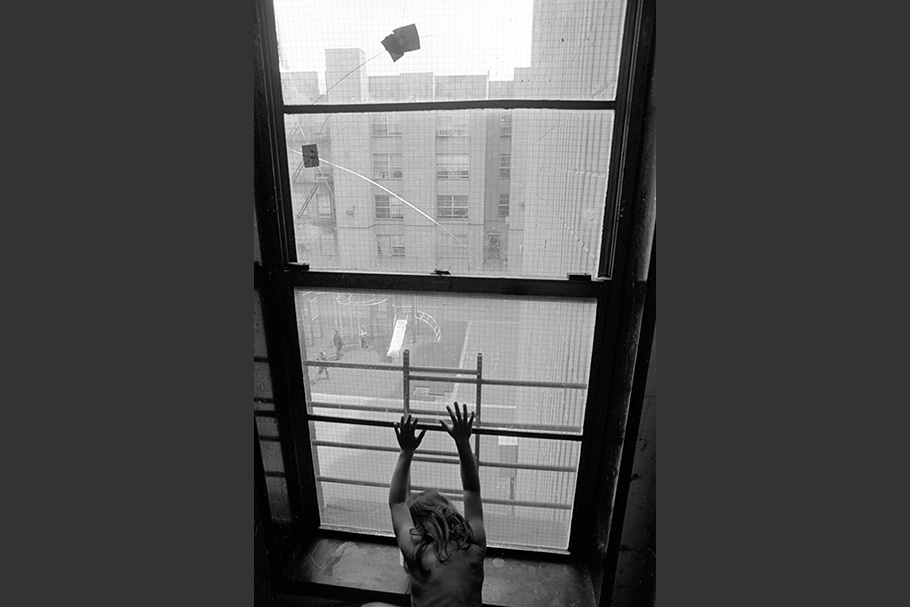
Destiny at her window. Brooklyn, NY.
19990301-kenneally-mw02-collection-003
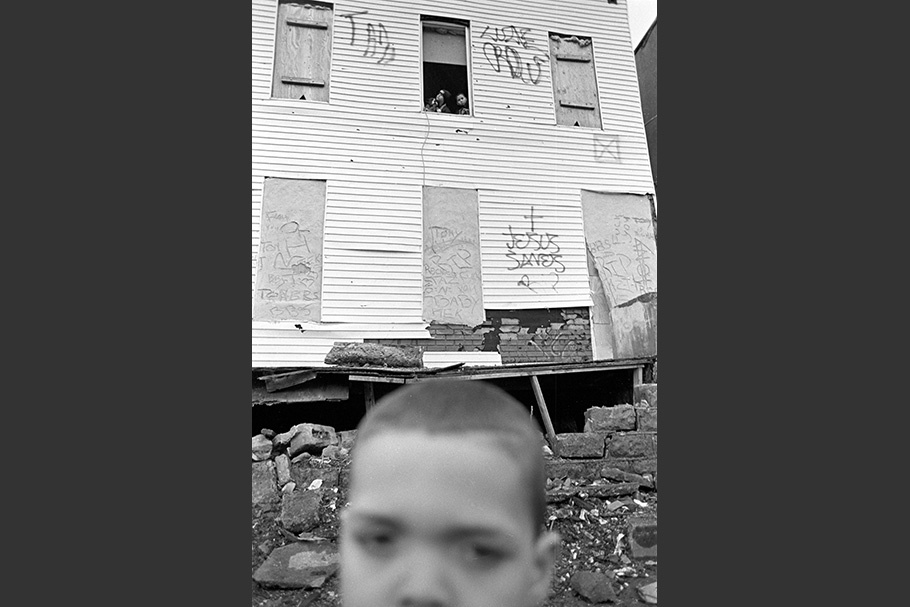
Junior, Andy, Marvin, and dog. Brooklyn, NY.
19990301-kenneally-mw02-collection-004
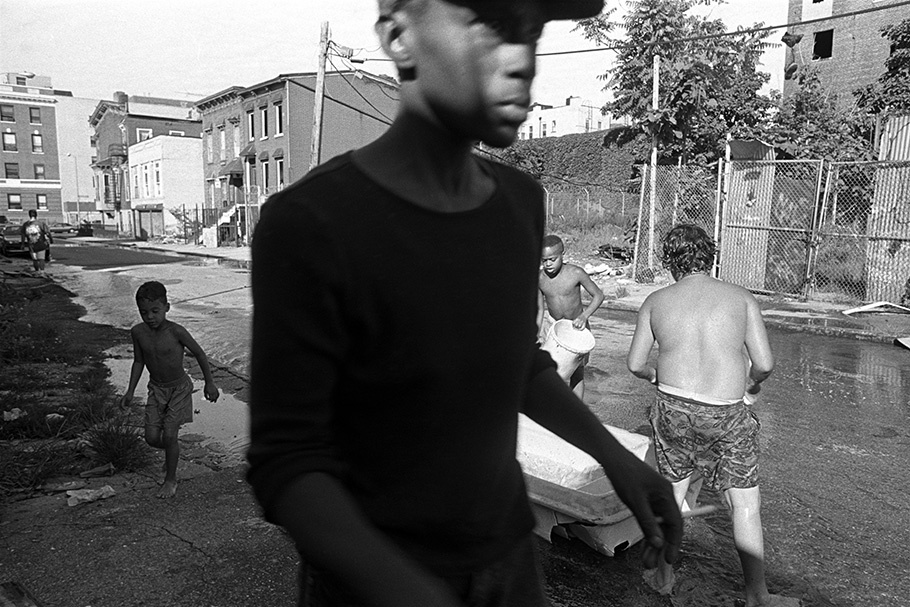
A drug addict walks by a group of kids playing. Brooklyn, NY.
19990301-kenneally-mw02-collection-005
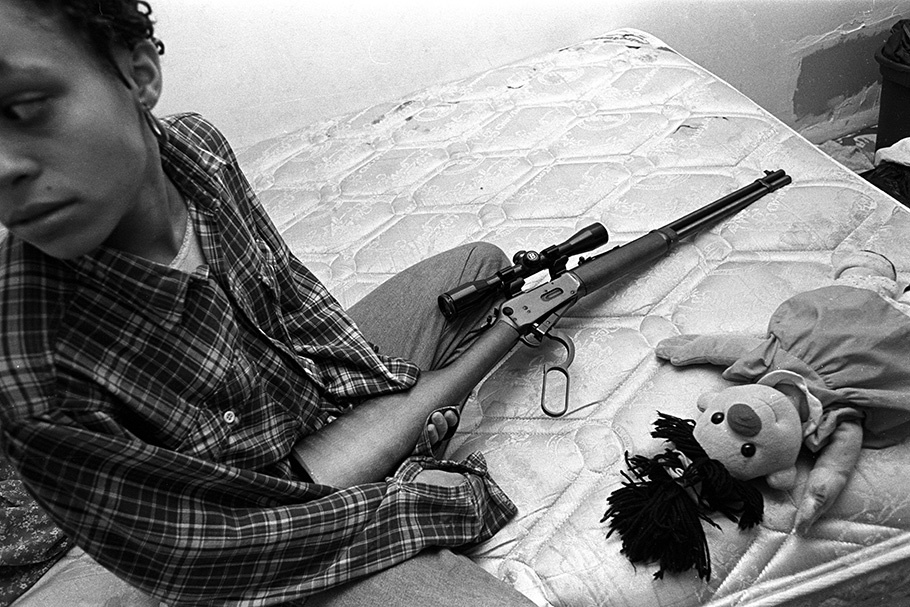
Tisha with a gun. Brooklyn, NY.
19990301-kenneally-mw02-collection-006
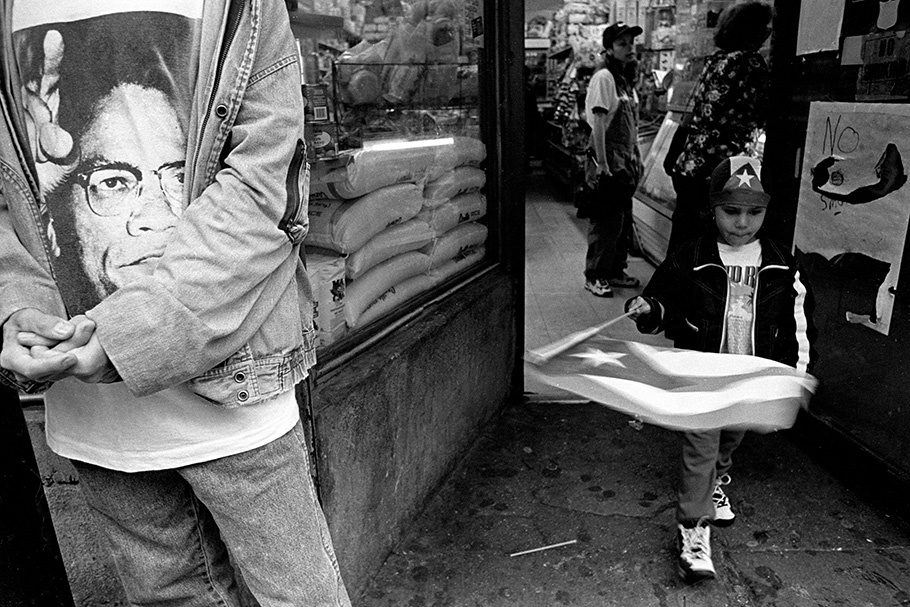
Malcolm X and Destiny. Brooklyn, NY.
19990301-kenneally-mw02-collection-007
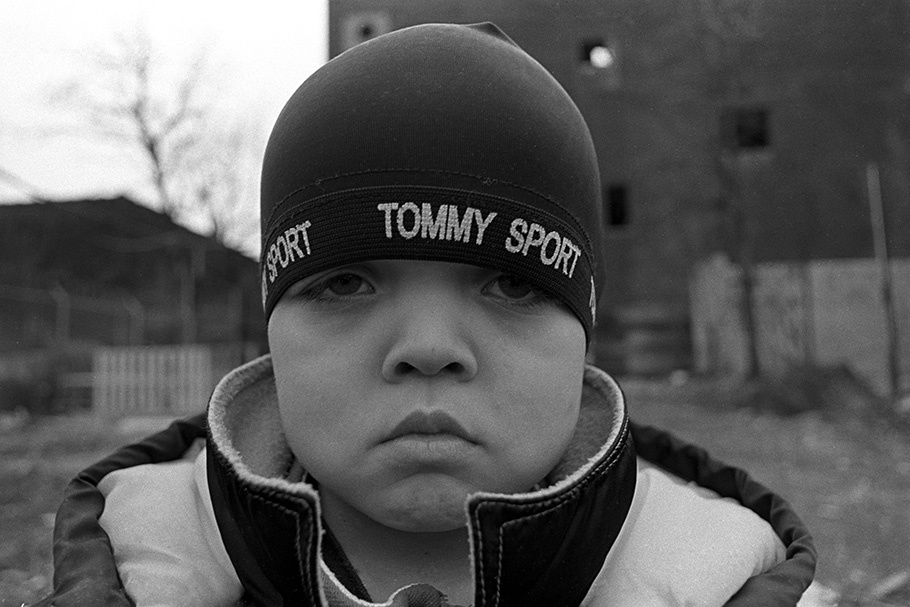
"Tommy Boy." Brooklyn, NY.
19990301-kenneally-mw02-collection-008
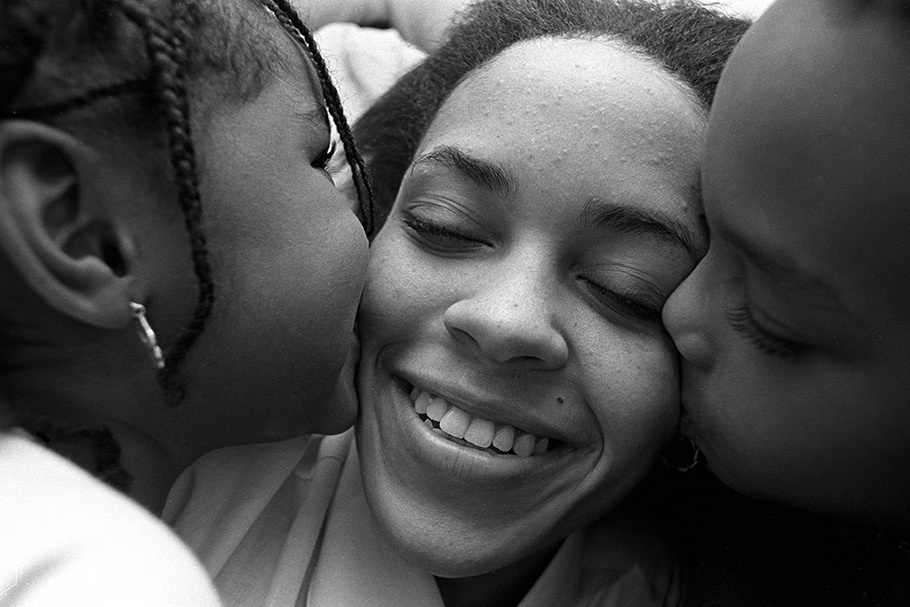
Tisha and her kids kissing. Brooklyn, NY.
19990301-kenneally-mw02-collection-009
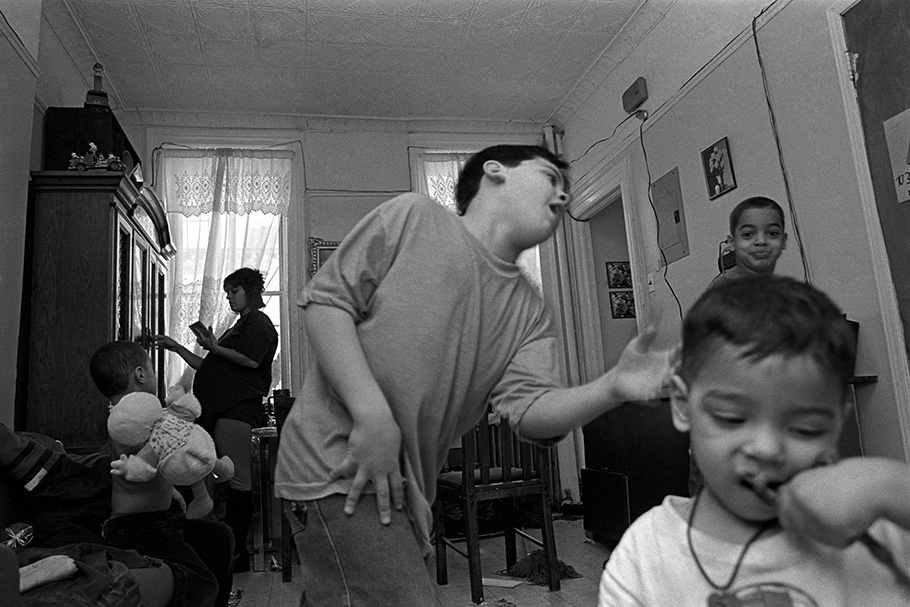
Jonathan dancing. Brooklyn, NY.
Soros Justice Media Fellow Brenda Ann Kenneally attended the University of Miami, where she earned a B.S. in Sociology and Photojournalism and New York University, where she received an MA in Studio Art.
Kenneally has been documenting the causes, effects, and economy of the use and sale of illegal drugs in her Brooklyn neighborhood. The mother of an eight-year-old, Kenneally has focused on the way families can get lost in a culture of drugs and prison. She is searching for ways to motivate inner-city women to empower themselves, despite their limited social and economic opportunities.
Kenneally’s work has been featured in the New York Times Magazine, Rolling Stone, and Ms., among others.
Brenda Ann Kenneally
Broadway is a street in Brooklyn that connects three of the toughest neighborhoods in all of New York’s five boroughs. Bushwick, Bedford-Stuyvesant, and East New York are part of North Brooklyn, an area bound together by high incidents of domestic violence, a large percentage rate of high school drop-outs, poverty, drug addiction, broken families, teen pregnancy, and chronic illness. Broadway is also the street that for the past two years has been my home. Affordable rent and a sense of community drew me here when I relocated from the South.
Since the day that I moved in, I have been amazed at how yesterday’s headlines are daily existence for most of the people I can see just outside my bedroom window. As I become more involved with my neighbors, I realize that it is impossible to understand the complexity of any life from just a few words in print. When I get off the J train and walk towards home, I am instantly more a single mother than I am a photojournalist, and these are my peers. Loud whispers of five-o and DT (street talk for police and detective) begin a tenuous relationship between the drug dealers on the corner and myself. What did the white lady with the camera care about their wives, girlfriends, and children?
Slowly, my relationship with the women and their families in my neighborhood has grown. They realize that I am here to stay—that our children will grow up together and that we all want the same thing for their futures. Our lives do affect each other’s. Daily visits have ended in both tears and laughter, and usually with the feeling that we are more alike that different.
Living and working as a photographer and educator in my community has brought home to me the feeling of isolation experienced by families living in urban areas of the United States. Households headed largely by single women with little economic means and even less encouragement for change are doomed by government policy and condemned to being little more than statistics by the media.
My photographs aim to acknowledge without judging the unique circumstances and face of urban families. Through my work, I hope to share what I have learned with policy and opinion makers, and offer support to the millions of women and children who are surviving against great odds in American cities.
“Family values,” the most misunderstood phrase of the decade, are more than an ideal. Off Broadway, they are often a woman’s only tangible asset.
—Brenda Ann Kenneally, spring 1999